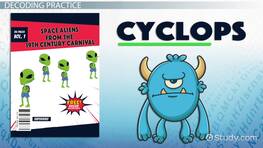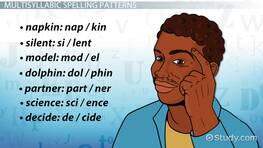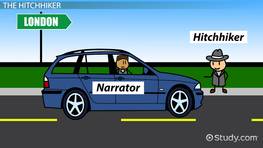Explore Reading
Table of contents
Courses to Learn and Teach Reading
An extensive variety of English-Language Arts lessons are available within Study.com's library, covering all areas of reading and ELA instruction, including writing, language, speaking, and listening.
Explore our full library of reading courses:
Reading Education Overview
Reading happens when meaning is created from letters and symbols taken in from print. Reading is an active and complex process for the brain, requiring recognition, comprehension, and fluency. When readers identify and recognize the printed symbols and letters, they take in and make meaning from those symbols and letters they are comprehending. Reading fluency occurs when identification and comprehension processes become accurate and automatic.
The number of skills necessary to become fluent in these processes is what makes reading so complex. Some of these skills include:
- phonemic awareness
- print awareness
- decoding
- sight words & vocabulary
- background knowledge
- expression
- speed and accuracy
After readers learn how to read, they can then read to learn. Reading is, in fact, the singular skill that enables learners to take in the majority of information taught in all other subject areas. Reading can be used for pleasure as well as academics, and is a vital form of communication. Reading is also a critical skill when it comes to writing, another form of communication. Hence, reading comprehension is a critical and necessary skill for achievement and success in many areas of life, including school, career, and health. It is a foundational and fundamental skill for a literate society.
Once fluent in reading, readers use a variety of skills while reading to learn. There are quick reading techniques such as skimming and scanning, which occurs when readers are quickly browsing the text to get a basic understanding or find specific pieces of information. More intricate techniques are intensive reading, which involves reading to learn and evaluate specific information, often involving shorter passages, note-taking and testing, and extensive reading, which often includes reading longer texts for enjoyment.




